Sewing Perfect Matchpoints on Intersecting Seams

It seems so straightforward – lining up and stitching intersecting seamlines (or plaids or stripes) so that they match perfectly. And sometimes it’s a very visible intersection – back and front shoulder princess seams come to mind. But, as even the most experienced sewers know, there are all sorts of variables to make it tricky: the pressure of the presser foot can throw things off, the slipperiness of the fabric, and sometimes things just shift. They just do. But, I’ve got a couple of methods to help you out.
I was teaching in Sacramento awhile back, and someone – a quilter – introduced me to Clover forked pins, which I’d not seen before. She credited them with allowing her to make perfect matches when stitching her quilts; she showed me her work, and the matching was indeed impeccable. She gave me a box of the pins, and I pretty much ignored them until a student was trying to match seams in a plaid – a slippery plaid whose metallic threads caused the layers to shift. I dug out the pins, brought them into class, and they worked like a charm.
Generally, when I’m dealing with intersecting seams, I only stitch the area in question. That way, if things are off, I only have to remove an inch or so of stitching, not an entire seam. If I’m happy with my result, I sew the rest of the seam; if not, there’s not very much to take out before trying it again.
Use a pin to line things up, layering seamline over the other.
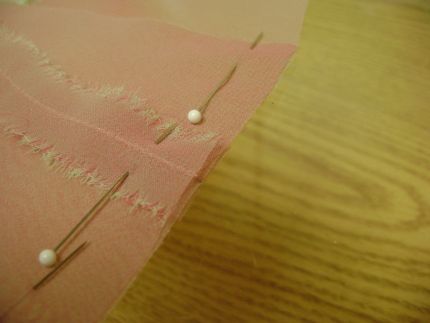
Make sure to check the underlayer to place things precisely

Then put in one of the forked pins.
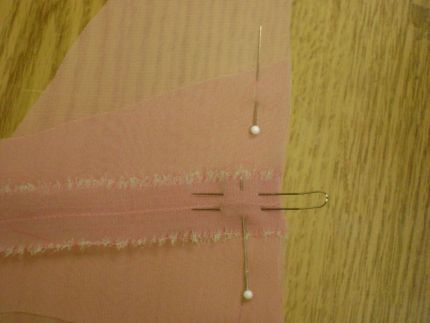
Then stitch slowly, leaving the forked pin in place.
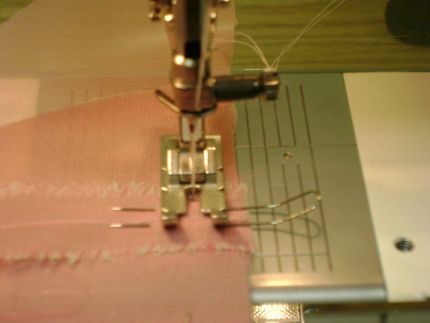
I’m still mystified as to why a forked pin…
Start your 14-day FREE trial to access this story.
Start your FREE trial today and get instant access to this article plus access to all Threads Insider content.
Start Your Free TrialAlready an Insider? Log in




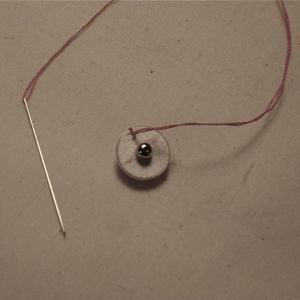
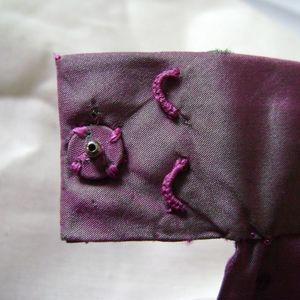

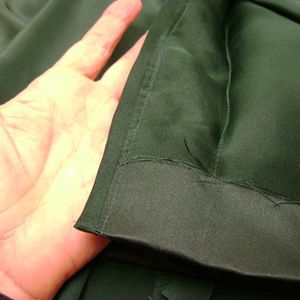






























Wondering where you get the forked pins you mention in this article. I haven't seen them around. Very interesting item.
langas, I included a link above to Clover's website where you can purchase these pins. A quick google search will also yield many results on where to buy these.
really its very nice...
For years I have used Barbara's method and as long as you leave the three pins in while stitching it has worked for me. I do have some forked pins I purchased for blocking knits and will give them a try the next time. However, IF the fabric is fragile I still think using long silk-type pins works very well.
A method I have used comes from quilting, too. Press one seam to the right the other to the left; bring the two seams together one on top of the other; pin; stitch this small area first them stitch the remainder of the seam. I have used this several times on princess seams and it has worked perfectly for me. It may not work on sheer fabric, though.
When I was making a one thread pattern plaid suit in my textiles and clothing class many years ago, my professor had me pin the two layers together right at each thread and at each seam line. The pins on the seam line go only through the threads forming the seam between the layers of fabric. I had to sew very carefully, but every line matched exactly. I have continued to use this technique for years.
Great tips for sewing perfect match points. Can anyone tell me where to find this product: a paper guide with lines and numbers like a ruler that adheres to the sewing machine arm.
hulagal:
Try Clearly Perfect Angles from New Leaf Stitches. http://www.newleafstitches.com. Just bought one from local quilt shop and it's wonderful.
hulagal, Check http://www.clotilde.com/detail.html?cat_id=12&prod_id=410
For all fabrics, but especially fine, slippery fabric, an acid-free, water based glue stick works wonders. Use alone, or with pins.
Sorry, not sure about the water based part - my glue stick says
non-toxic,washable,acid free. You only use it to tack things into place so it doesn't move when you sew.
If the glue stick says it's washable,it's water based. The majority of the glue sticks I see around now appear to be washable, so there isn't any need to get the special fabric ones. Almost any one will work. Great for sticking down tricky bits, fast & easy. Don't know what I'd do without them.
That is very good ido the same thing when i do my quilting.
Looking for the Clover Forked Pins for perfect intersecting seams. Where can I purchase these?
Slip basting works very well especially when matching plaid.
For anyone that does not have forked pins or is on a budget... I thought I would share that prior to seeing this post i have used this technique to line up perfectly matching seams by using three pins.
To do this, one pin should be directed along the stitching line and two pins should be directed perpendicular to the stitching line.
I have matched many a seam with this technique and it always works -- even on heavy fabrics!
Hope this helps someone.